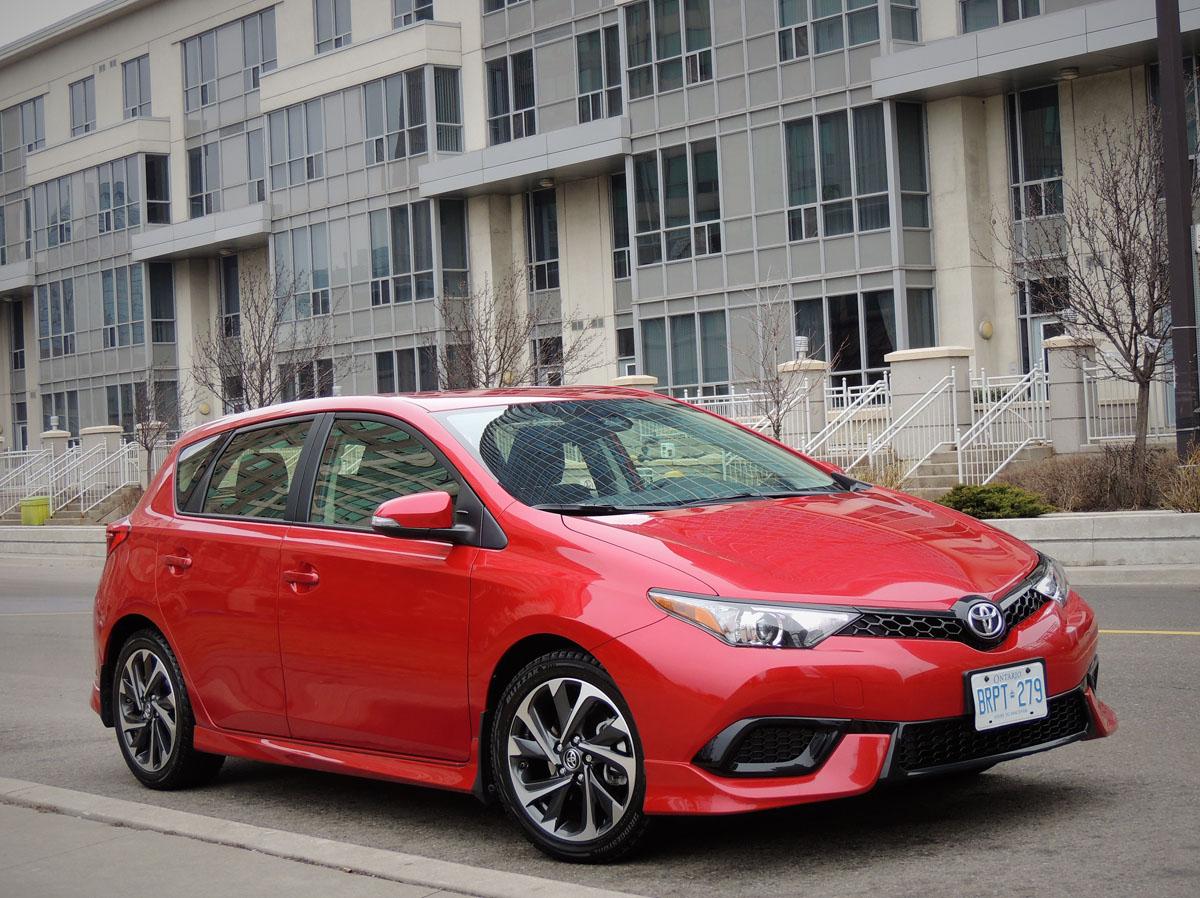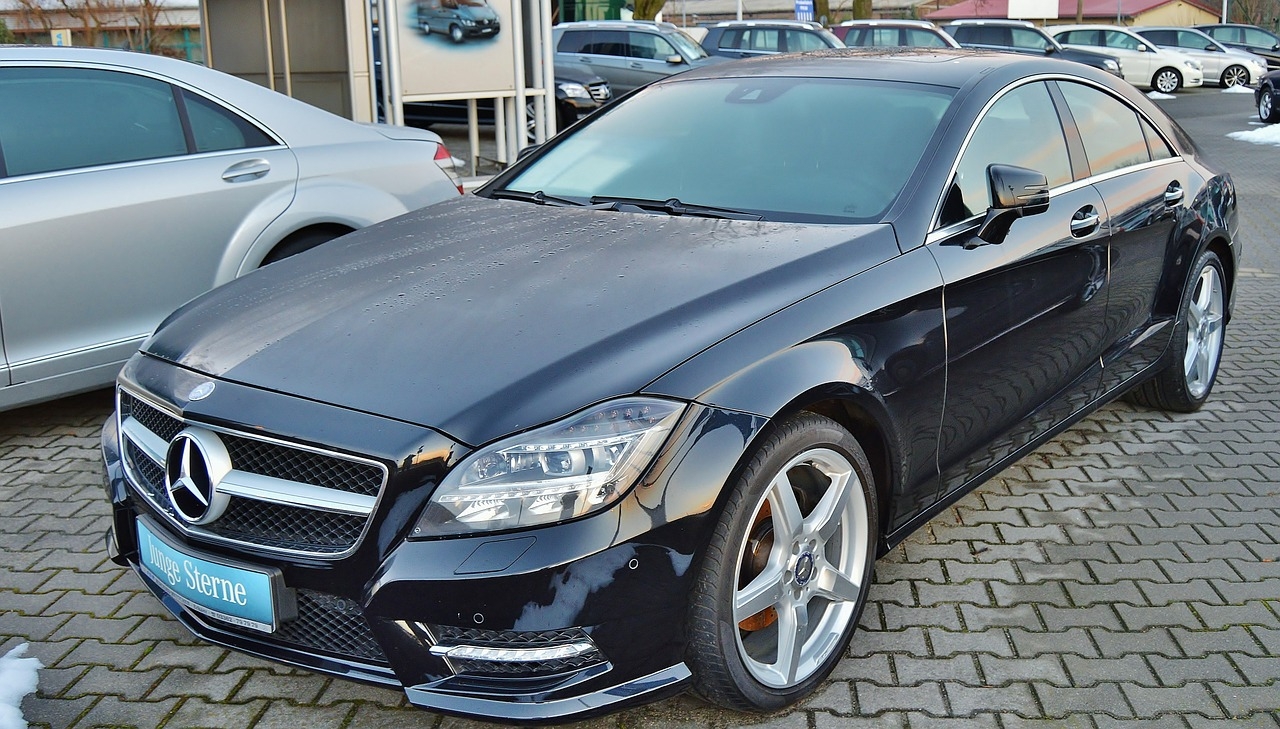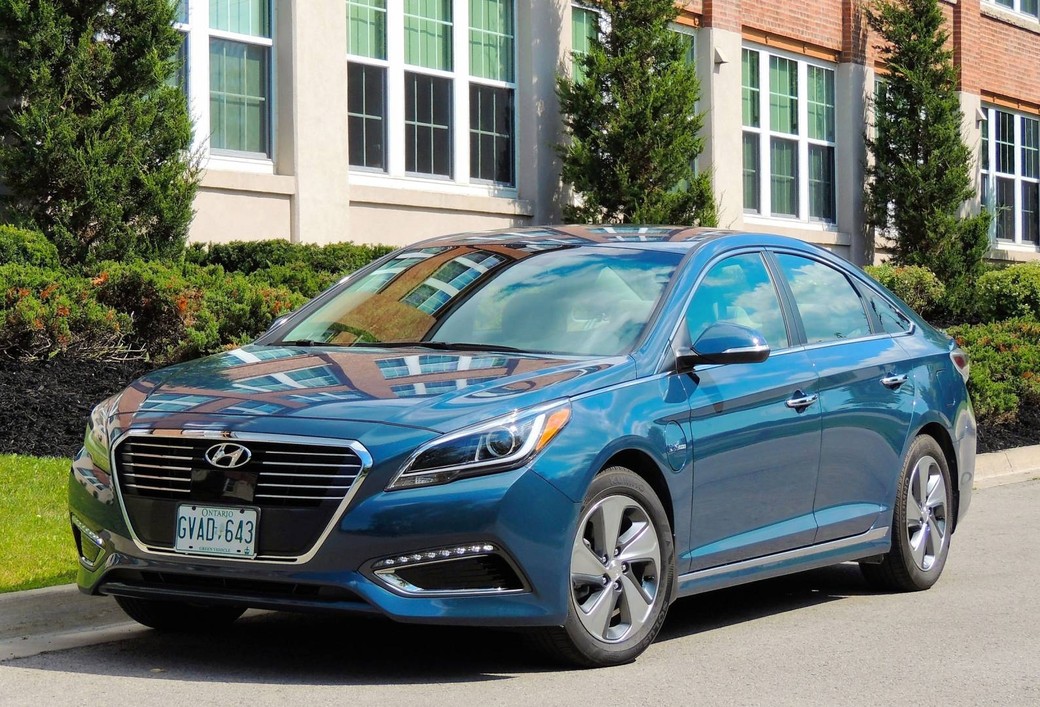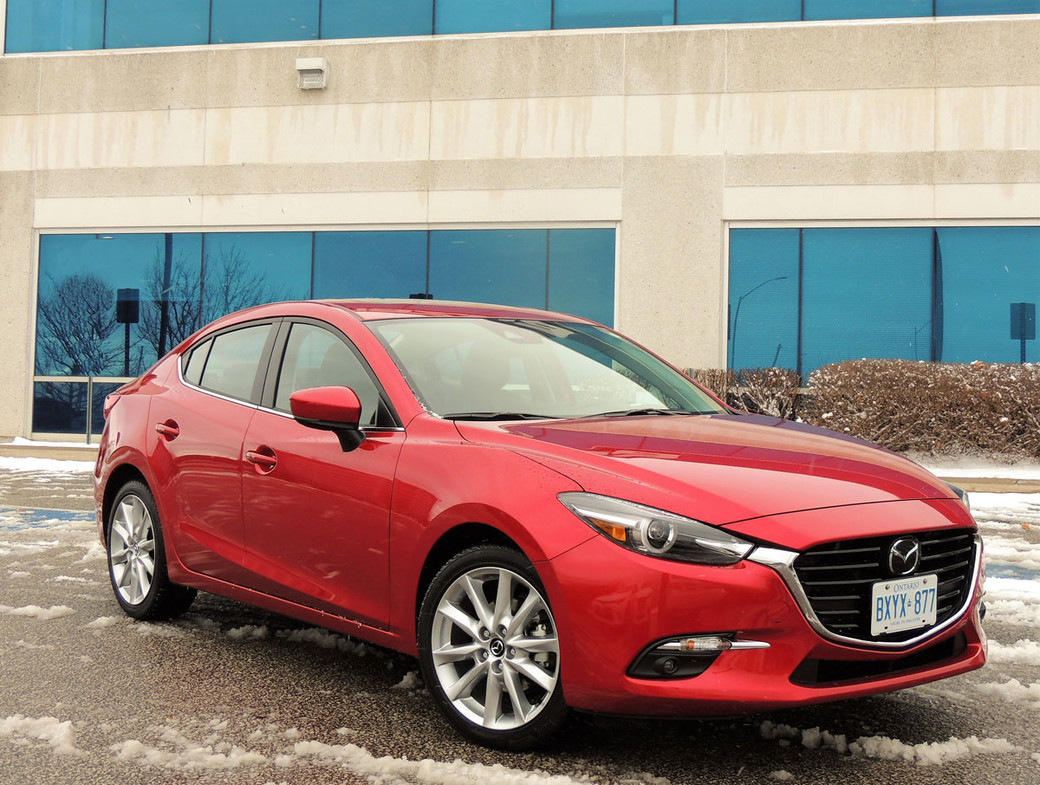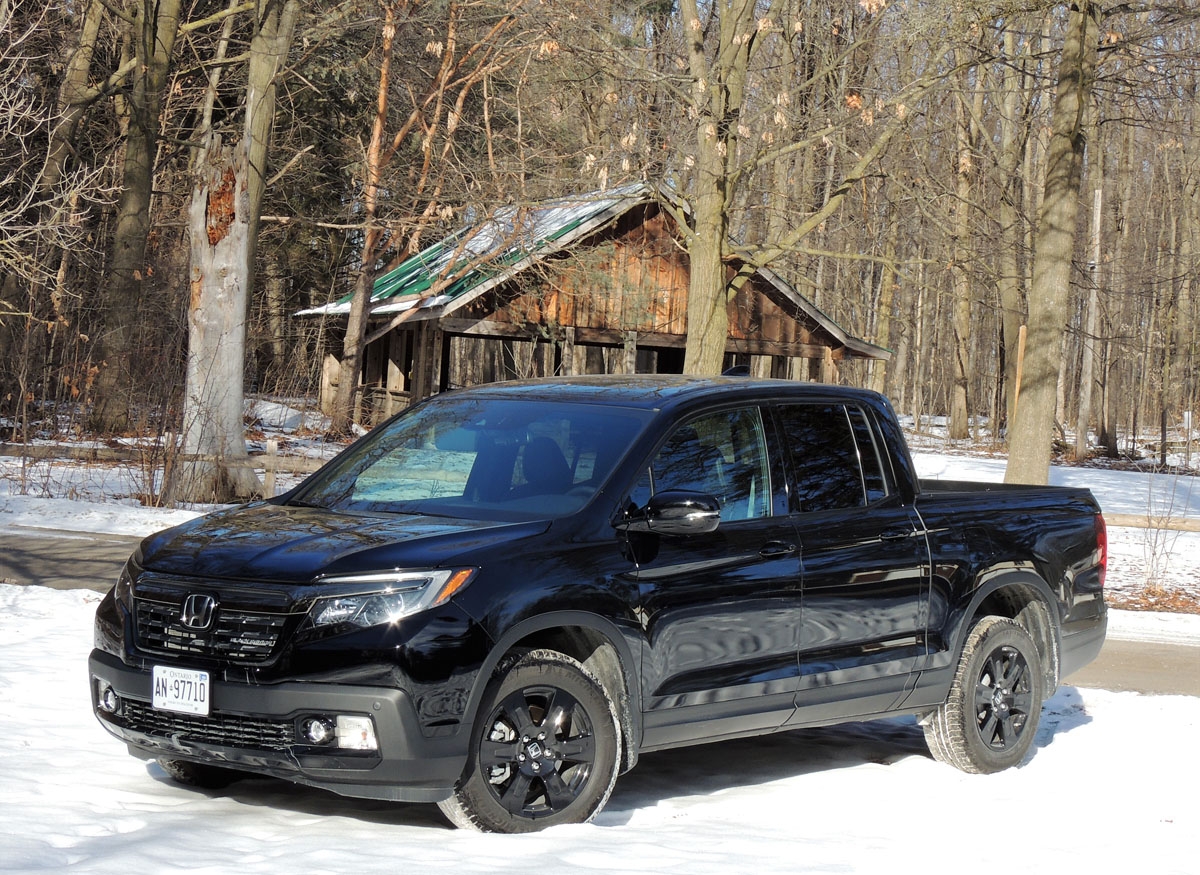
Ridgeline Still the Swiss Army Knife of Trucks
Ridgeline likely won’t be the first truck that comes to mind when thinking about mid-size pickups.
This may be partially due to buyers not associating Honda with such a brawny, utilitarian mode of transport. But mostly, I suspect, because of its wonky styling.
When Ridgeline launched in 2006 with its short five-foot box, stubby profile, and high, oddly angled sidewalls, critics felt it just didn’t look like a pickup should.
Ditto for under its skin.
Conventional trucks employ a body-on-frame design. The Ridgeline was unibody, like a car or crossover, which die-hard truck folk didn’t perceive as equally rugged – even though it was reinforced with seven high-strength steel cross members, integrating a fully-boxed ladder frame within it.
Also departing from standard truck design was Ridgeline’s four-wheel independent suspension – another nod to the cushier world of cars and crossovers.
Such comparisons aside, Honda wasn’t trying to build a wussier pickup. Their aim was to retain its best features, but with more civilized driving dynamics – and even richer utility.
Indeed, Ridgeline’s unorthodox construction allowed for some unique storage solutions – like a lockable trunk beneath the pickup bed. And with no transmission hump in rear, the 60/40 back seats flip up to reveal a cavernous hold with flat loading floor.
Roomy enough for a couple of mountain bikes or large flat-screen TV.
And to boost payload, the oddly large C-pillars were designed to help distribute heavy weights more evenly across the unibody.

modern instrument layout to replace the old-school cluster.
A new touchscreen cleans up the centre stack.
My friend and former colleague Gord has driven one for ten years, and although it’s getting somewhat long in the tooth (the vehicle, not the owner), he has been hanging on in hopes of finding a suitable replacement. And waiting for me to book the all-new, second-generation Ridgeline, which arrived in showrooms mid summer.
“Mine’s been a ‘do all’ vehicle,” he said. “You can go to the big box store or the building centre without folding or removing seats. And there’s loads of room for the kids.”
The 2017 Ridgeline continues its unibody ways, but now looks more like a regular pickup. Designers have, however, softened the front end as they did with the Pilot – more swept back and less blocky.
“It looks like a crossover from the front and a truck in back.”
Also gone are Ridgeline’s angled sidewalls on its now slightly larger cargo box.
The former five-foot-long bed has grown by four inches, and is now even wider at five feet. And unlike other mid-size trucks, there’s four feet between wheel wells enabling you properly haul sheets of drywall. A job made easier with the tailgate down, extending the cargo deck to nearly seven feet.
The tailgate is also side-hinged, so you can stand right next to the bed for easy loading. It’s a big deal when you’re lowering heavy objects into the 206-litre deep-well trunk, as there’s no leaning in at an awkward angle.
Ever the left-brained thinker, Gord pulled out a tape measure and compared the two trucks – new and old – side by side. He noted that although the trunk floor is now flat, the new space is slightly narrower front-to-back, which might mean reconfiguring his well-rehearsed packing routine.
His Ridgeline has already been to Florida and back 12 times.
“We lock our luggage and valuables in the trunk, so there’s no worry about anybody breaking in,” he noted. “And it keeps everything together, instead of sliding around on the pickup bed.”
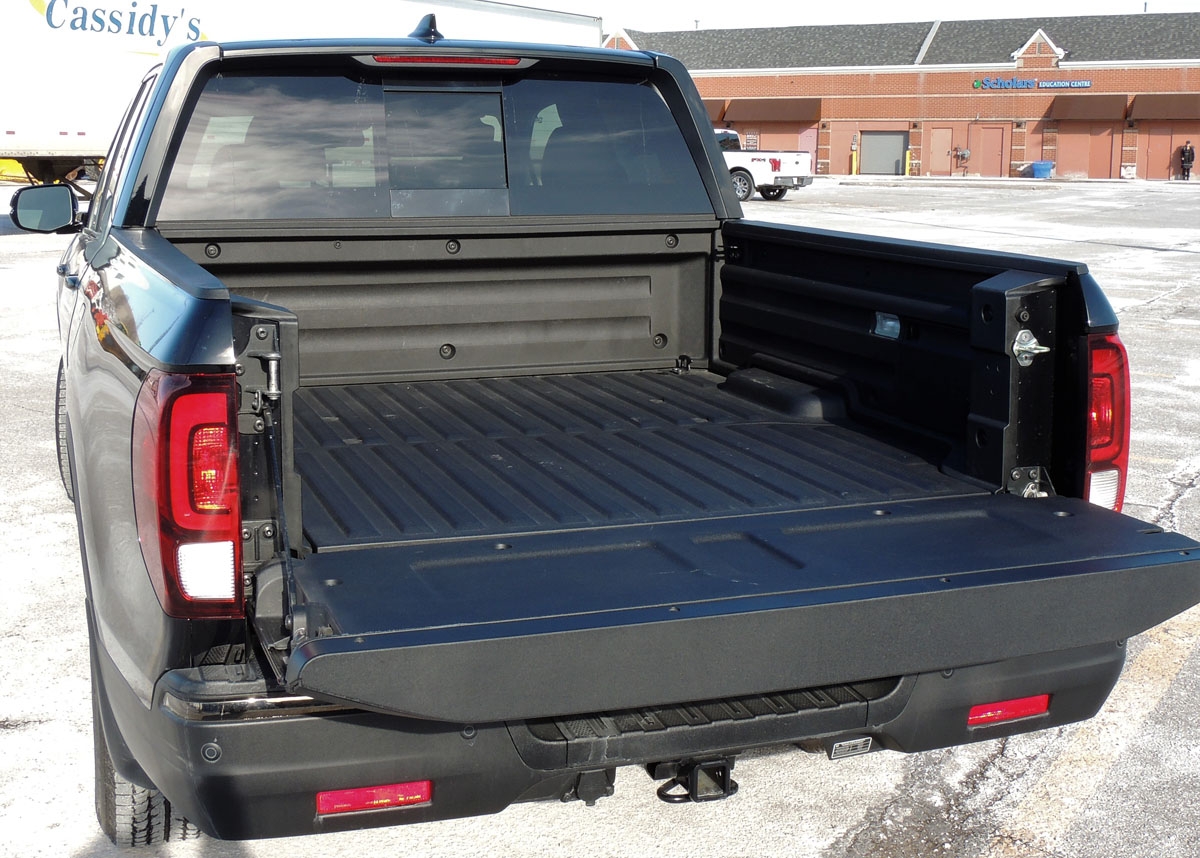
for carrying sheets of plywood or drywall. The tailgate extends the deck to nearly seven feet.
Payload is up slightly from last model. At 1,584 pounds, it continues to rival some full-size pickups, and bests Tacoma by more than 500 lbs. Toyota’s mid-size truck, however, will tow more at 6,400 lbs (max) versus 5,000 for Honda.
Despite Ridgeline’s heavy-lifting ability, ride continues to be forgiving on rough asphalt, and handling is as good as most crossovers – and some cars.
For this we can thank features that go beyond the MacPherson strut front and multilink rear suspension. Like amplitude reactive dampers.
These use two pistons – the main one to handle normal driving on smooth asphalt, and a secondary to provide additional damping force when you hit the rough stuff. The system is hydraulic, not electronic, and also reduces body roll in hard cornering.
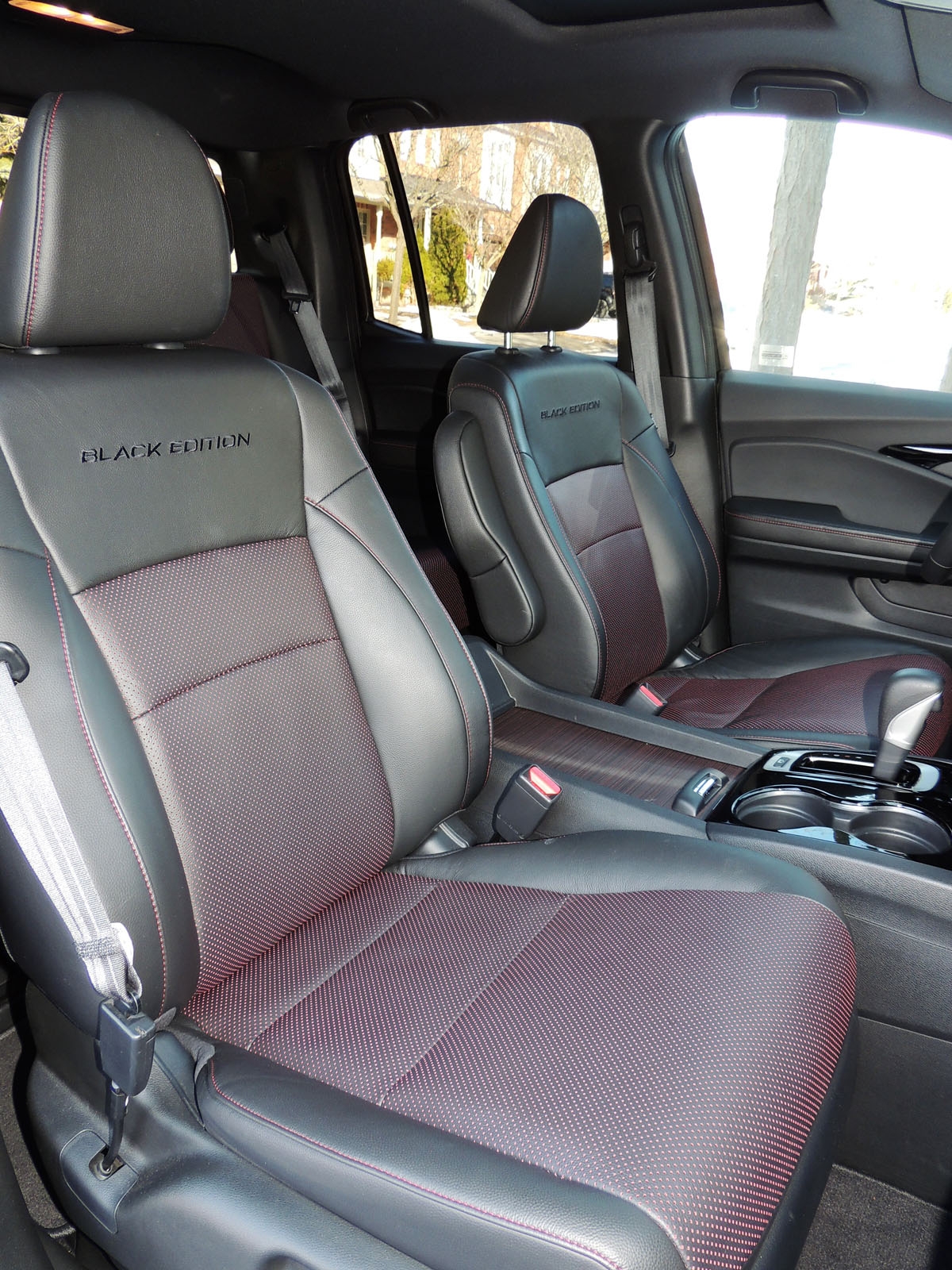
power adjustable, heated and cooled – and
upholstered in perforated leather.
Engine, transmission and suspension are mounted on vibration-damping subframes. These rigid units are attached to the body with rubber-isolated mounts, with two in the rear filled with hydraulic fluid – all of which helps keep road noise and vibration out of the passenger cabin.
Also standard is motion-adaptive electric power steering. This dovetails with the vehicle’s stability control to help steady the vehicle on slippery roads. Agile Handling Assist, employs brake vectoring (i.e. on the inside wheels) to improve cornering and reduce understeer.
“It’s not at all like driving a truck,” adds Gord. “Its smoother, quieter and turns better – especially at low speeds. It doesn’t ‘hop’ like some large 4×4 pickups.”
Power for the new model comes from a 3.5-litre direct-injected i-VTEC V6 with variable cylinder management. It delivers 280 hp and 262 lb/ft of torque, up by 30 horses and 15 pounds-feet.
The automatic transmission gets one more cog (now six-speed), with this powertrain combo able to hit 100 km/h from rest nearly 2 seconds earlier.
Ridgeline’s all-wheel-drive system uses intelligent traction management. A button behind the gear lever toggles between four modes: Normal, Snow, Mud and Sand. Each setting adjusts throttle response and shift mapping to moderate any wheel spin, as well as tuning the vehicle’s stability assist and torque distribution.
I didn’t get a chance to romp in the mud or sand, but found it managed nicely in the mid-winter snow and slop – and kept me pointed in the right direction. All Ridgelines benefit from this traction tech, not just the topline Touring model ($47,090) and “Black Edition” ($48,590) as tested.
Even the base LX, starting at $36,590, comes with a full suite of driver and safety aids that includes collision mitigation braking, forward collision warning, lane keeping assist, road departure mitigation and more.
It also comes with a surprisingly long content list: heated front seats, seven-inch display, rearview camera, smart key with pushbutton start (and remote engine starter), seven-speaker audio, Apple CarPlay/Android Auto, text and email.
Even the base ride rolls on 18-inch alloy wheels, and you still get the in-bed trunk, dual-action tailgate and rear-window defroster.
Moving into higher trim models adds power seats and sliding rear window, moonroof, tri-zone climate control, heated steering wheel and heated rear seats. My tester also had leather upholstery, cooled front seating, and an in-bed audio system that routes the unit’s 540 watts to six weatherproof transducers in the cargo box.
Great for tailgate parties. Not so good for neighbours if you mistakenly flip it on at 5:00 a.m.
Putting it all together, Ridgeline seems the Swiss Army knife of trucks, and although body-on-frame is still tops for towing, this truck’s unibody may be the better answer for most of what trucks do.
Pickup styling is trending towards a more “square jawed” look than Ridgeline, but Honda’s truck is as much about braininess as brawn. A quality not lost on journalists who recently voted it “North American Truck of the Year.”
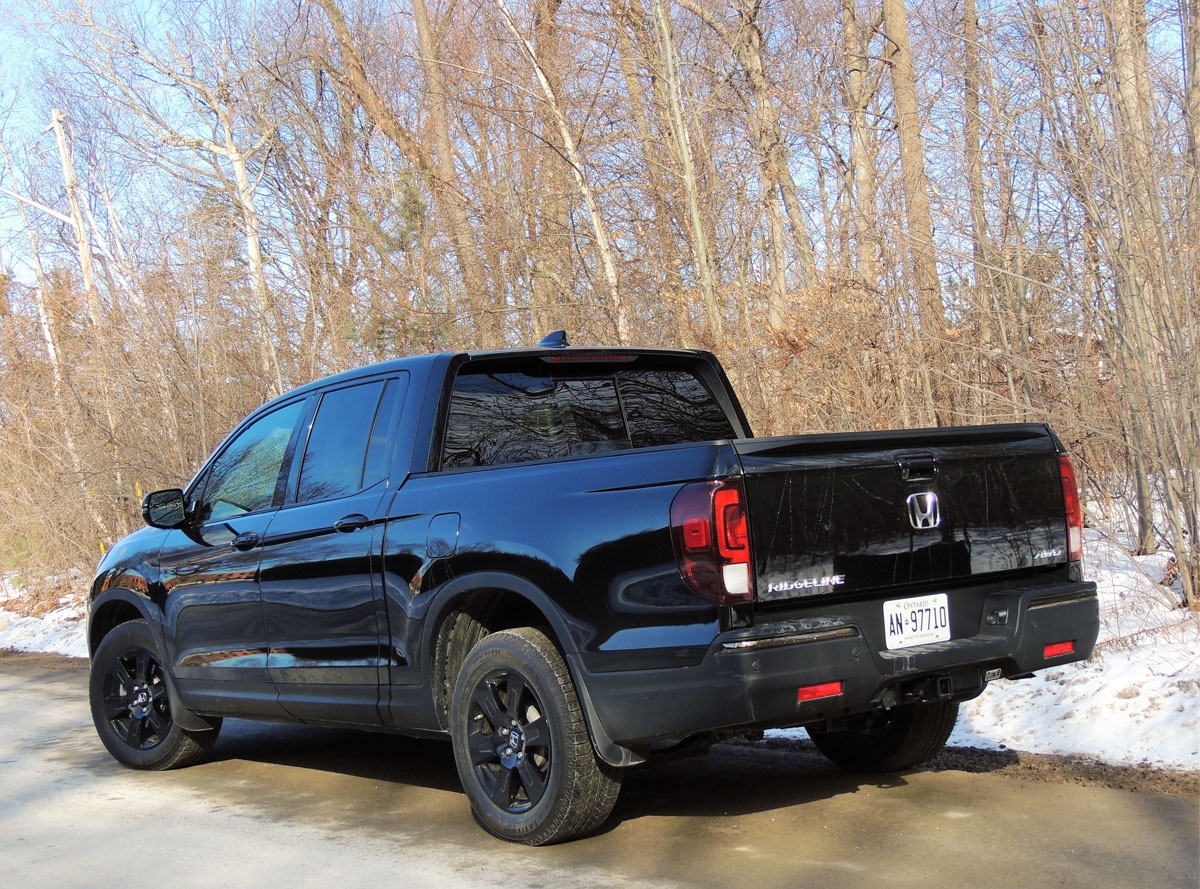
SNAPSHOT: 2017 Honda Ridgeline “Black Edition”
BODY STYLE: mid-size pickup truck
ENGINE: 3.5-litre direct-injected i-VTEC V6 with variable cylinder management (280 hp and 262 lb/ft of torque)
TRANSMISSION: six-speed automatic with all-wheel-drive
FUEL ECONOMY: 12.8/9.5/11.3 litres/100 km
CARGO BED: 64 inches long, 60 inches between sidewalls, 48 inches between wheel wells
PAYLOAD: 1,584 lbs
TRUNK: 206 litres
TOWING: 5,000 lbs (2,268 kg)
PRICING: LX $36,590, Sport $39,590, EX-L $42,590, Touring $47,090, Black Edition $48,590. Prices do not include freight, PDI, taxes – see website for details and offers.
WEBSITE: honda.ca

